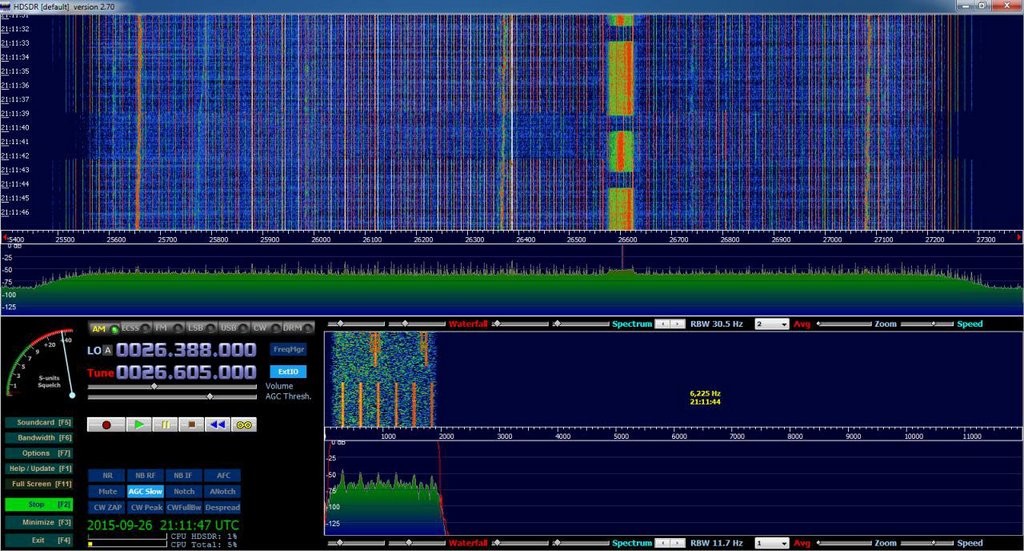Many thanks to SWLing Post contributor, Mario, who writes:
Dear Thomas,
It has been about two or three days since it was impossible for me to hear Radio Romania Int in Spanish (1900 UTC) from my home, at Zaragoza.
A strange interference appeared close to my favourite SW station (13860). A little bit on the left of the waterfall an strange emission appeared jamming.
After some research in your past entries I found that it could be a radar over the horizon.
Using the TDoA function of the kiwisdr environment, I found the following:
If it worked properly, the emission source could come from Kaliningrad.
According to old news, another 29B6 facility has been planned to be built in Kaliningrad.
Mario then sent the following update:
Well, it seems that the mystery has been resolved.
I am pretty sure that is a new 29B6:
A 1300 Yards Wide Structure Appeared on Satellite Images – This Is The “Kaliningrad Monster”
It can be see on some satellite imagery services (https://earthexplorer.usgs.gov/, at the coordinates of the previous link).
It is not visible on Google satellite images or Bing maps.I hope they change their frequency shortly because they are messing my SW listening at radio Romania Intl in Spanish.
Best regards.




